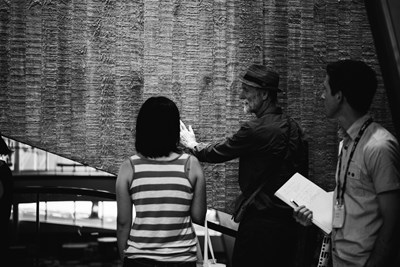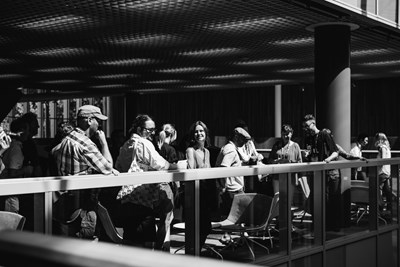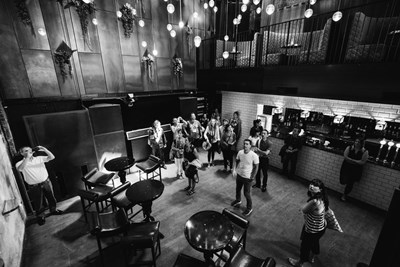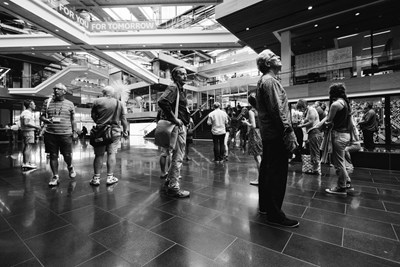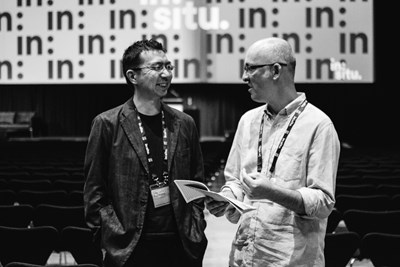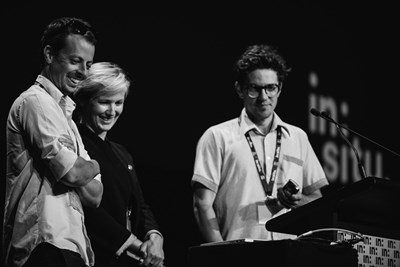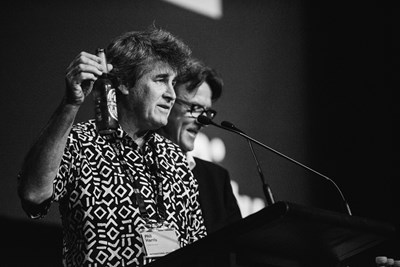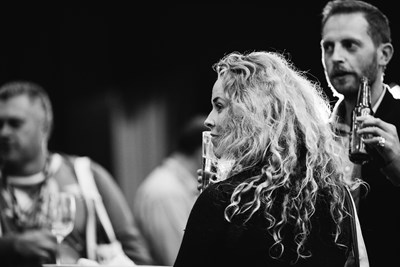in:situ 2015
The 2015 NZIA Conference focused specifically on the contexts of architecture – the places in which it occurs, the ideas that surround it, the factors that influence it and the forces that generate it.
Architecture increasingly is a complex endeavour. As expectations of our cities and our buildings rise, so do the demands upon architects grow, the responsibilities assumed by them expand and the skills required by them multiply. Things change fast now – the economy, technology, lifestyles, even the climate. More than ever, architects have to be aware of what is happening around them – to recognise and adapt to the changes that impact upon their practice, and also their role in their industry and their society. Beyond the duty owed to the immediate client or particular commission, who do architects serve?
At the 2015 NZIA conference architects from around the world presented work that showed how they respond to their environments. The 12 international presenters - from Asia, the Americas, Australia and Europe – each have their own way of working and have staked out their own place in their profession. Some of them teach and write, as well as practice, and all have demonstrated a sophisticated approach to their work and the contexts in which it occurs.
International speakers at in:situ 2015 included Sou Fujimoto, the Japanese architect who designed the 2013 Serpentine Pavilion in Hyde Park, London and Sam Jacob, the creative director of the British Pavilion at the 2014 Venice Architecture Biennale. Both gave public lectures at the conference.
Vo Trong Nghia, another guest, is a distinguished young Vietnamese architect whose works often show his interest in exploring regional materials, such as bamboo, which are then woven into often large-scale buildings.
In:situ also brings together architects with exceptional careers: Sheila O’Donnell and John Tuomey are the recipients of the 2015 RIBA Gold Medal, and Troppo Architects’ Phil Harris and Adrian Welke are recipients of the Australian Institute of Architects’ highest individual honour. Other guest included American architect, critic and academic Sarah Whiting, Colombian architect Ana Vélez and inventive Australian architect Andrew Maynard, whose residential works often defy standard approaches to house planning. Nigerian architect Kunlé Adeyemi brought a different perspective to the conference. Adeyemi, after leading award-winning projects for Rem Koolhaas’s OMA, set up his own firm, NLÉ, which focuses on disciplines of architecture, urbanism and product design, and has a specific aim of focusing on ‘the architecture of developing cities’. His Makoko Floating School – a prototype floating structure built for the historic lagoon-based community of Makoko, in Lagos – has been a focus of much interest around the world.
The in:situ programme also included a strong line-up of local industry leaders who discussed contemporary issues during themed panel sessions. Unconventional Practice: New Zealand architects and designers, about young designers with atypical career trajectories, featured Sarosh Mulla, Patchwork Architecture and Andrew Just from Gap Filler. A session on Te Aranga Māori: New Zealand’s first national exhibition to the Venice Biennale acknowledged the influence of a Pacific tradition of architecture in New Zealand. Speakers included Rewi Thomson, Rau Hoskins, Louise Wright and Elisapeta Heta. The Housing Focus session featured architects, landowners and property investors discussing ways to develop better medium-density housing options. The speakers were Mark McGuinness (Willis Bond), Patrick Clifford (Architectus), Mark Fraser (Hobsonville Land Company) and Stephen McDougall (Studio Pacific Architecture). Finally, Inverse Perspectives presented New Zealand architects working internationally or locally for international clients. The speakers were Damian van Brandenburg, Stuart Huggett and Hugh Tennent.
The New Zealand Institute of Architects 2015 National Conference was held at the Viaduct Events Centre from 10-13 February. In:situ was attended by more than 1,000 people, and 12 international speakers and 15 New Zealand speakers shared their knowledge and expereince. GIB was the principle sponsor, and there were 22 other sponsors. The industry exhibition featured 36 companies.




